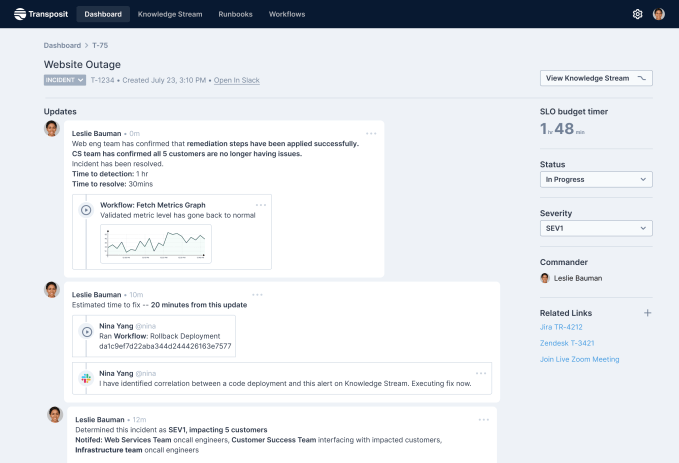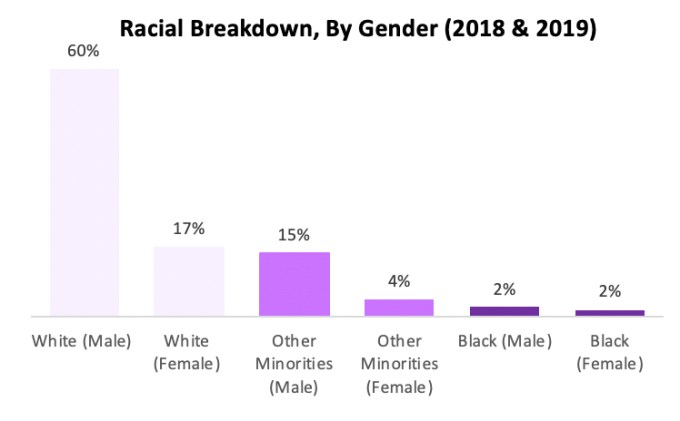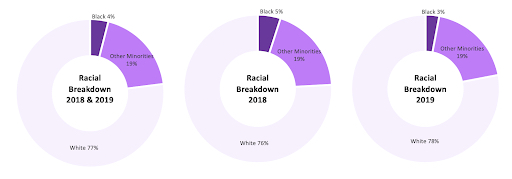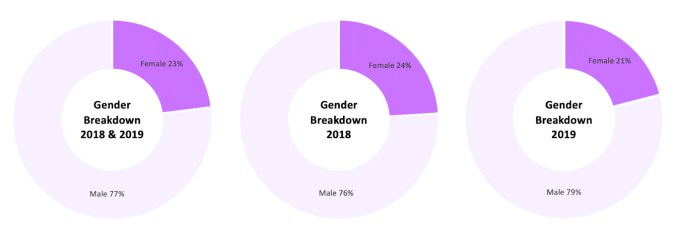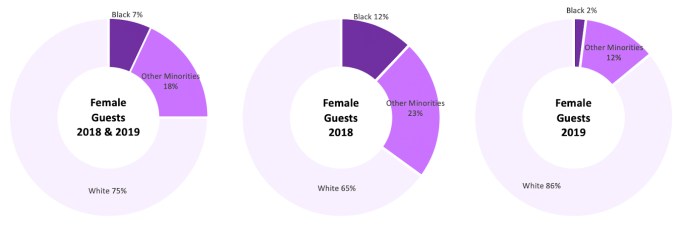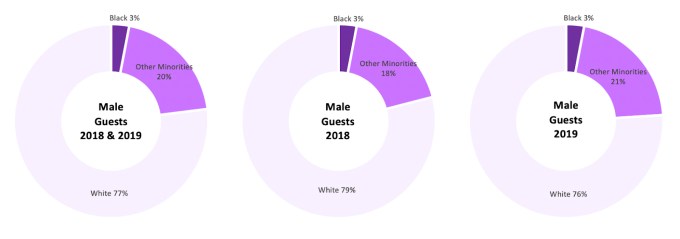Process automation startup Hypatos has raised a €10 million (~$11.8 million) seed round of funding from investors including Blackfin Tech, Grazia Equity, UVC Partners and Plug & Play Ventures.
The Germany and Poland-based company was spun out of AI for accounting startup Smacc at the back end of 2018 to apply deep learning tech to power a wider range of back-office automation, with a focus on industries with heavy financial document processing needs, such as the financial and insurance sectors.
Hypatos is applying language processing AI and computer vision tech to speed up financial document processing for business use cases such as invoices, travel and expense management, loan application validation and insurance claims handling via — touting a training data set of more than 10 million annotated data entities.
It says the new seed funding will go on R&D to expand its portfolio of AI models so it can automate business processing for more types of documents, as well as for fueling growth in Europe, North American and Asia. Its customer base at this point includes Fortune 500 companies, major accounting firms and more than 300 software companies.
While there are plenty of business process automation plays, Hypatos says its use of deep learning tech supports an “in-depth understanding” of document content — which in turn allows it to offer customers a “soup to nuts” automation menu that covers document classification, information capturing, content validation and data enrichment.
It dubs its approach “cognitive process automation” (CPA) versus more basic applications of business process automation with software robots (RPA), which it argues aren’t so contextually savvy — thereby claiming an edge.
As well as document processing solutions, it has developed machine learning modules for enhancing customers’ existing systems (e.g. ECM, ERP, CRM, RPA); and offers APIs for software providers to draw on its machine learning tech for their own applications.
“All offerings include machine learning pipeline software for continuous model training in the cloud or in on-premise deployments,” it notes in a press release.
“We have deep knowledge of how financial documents are processed and millions of data entities in our training data,” says chief commercial officer Cem Dilmegani, discussing where Hypatos fits in the business process automation landscape. “We get compared to RPA companies like UiPath, enterprise content management (ECM) companies like Kofax Readsoft as well as generalist ML document automation companies like Hyperscience. However, we are quite different.
“We focus on end-to-end automation, we don’t only help companies capture data, we help them process it using our deep domain understanding, enabling higher rates of automation. For example, to automate incoming invoice processing (A/P automation) we apply our document understanding AI to capture all data, classify the document, identify the specific goods and services, validate for internal/external compliance and assign financial accounts, cost centers, cost categories etc. to automate all processing tasks.
“Finally, we offer this technology as components easily accessible via APIs. This allows RPA or ECM users to leverage our technology and increase their level of automation.”
Hypatos claims it’s seeing uplift as a result of the coronavirus pandemic — noting it’s providing a service to more than a dozen Fortune 500 companies to help with in-shoring efforts, which it says are accelerating as a result of COVID-19 putting pressure on the traditional business process outsourcing model as offshore workforce productivity in lower wage regions is affected by coronavirus lockdowns.
“We believe that we are in a pivotal moment of machine learning adoption in large organizations,” adds Andreas Unseld, partner at UVC Partners, in a supporting statement. “Hypatos’ technology provides ample opportunity to transform many core business processes. We’re impressed by the Hypatos machine learning technology and see the team in a perfect position to take a leading role in the machine learning revolution to come.”
Powered by WPeMatico
